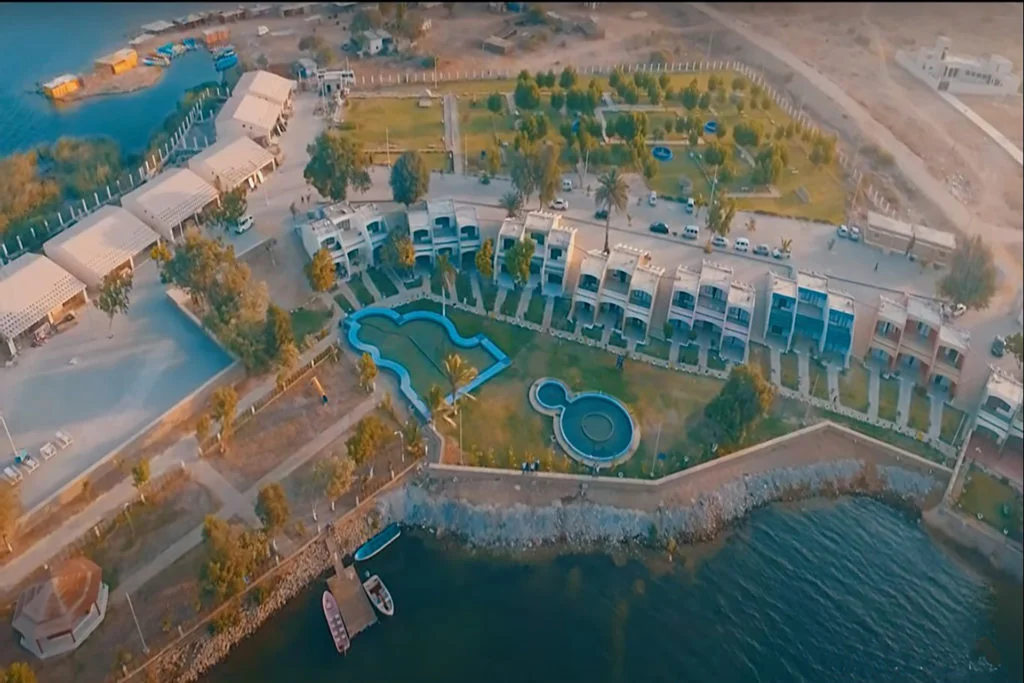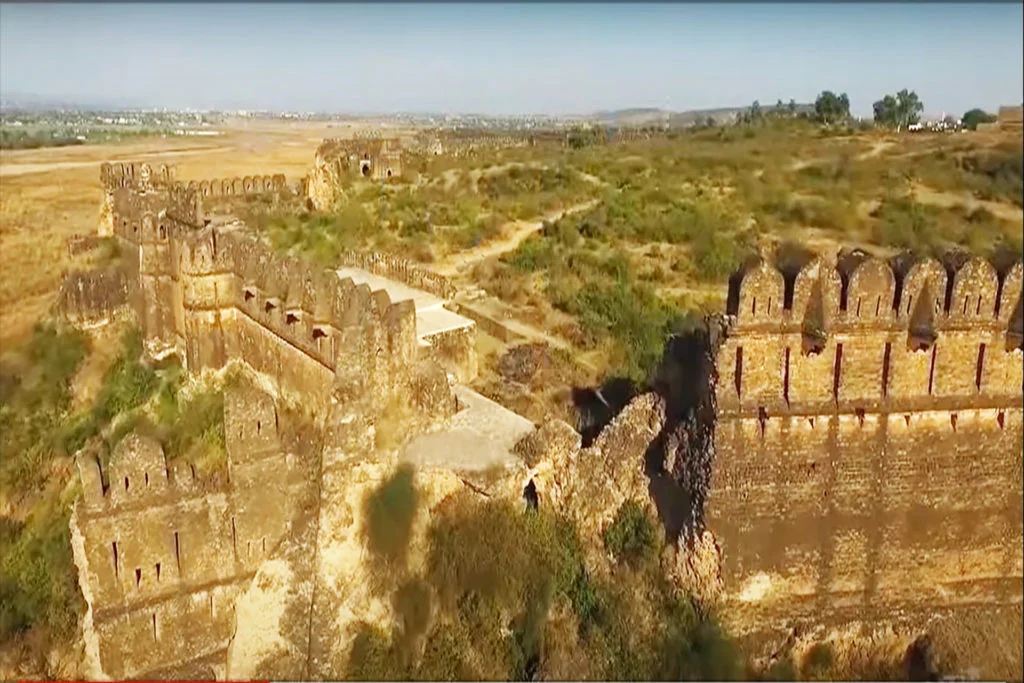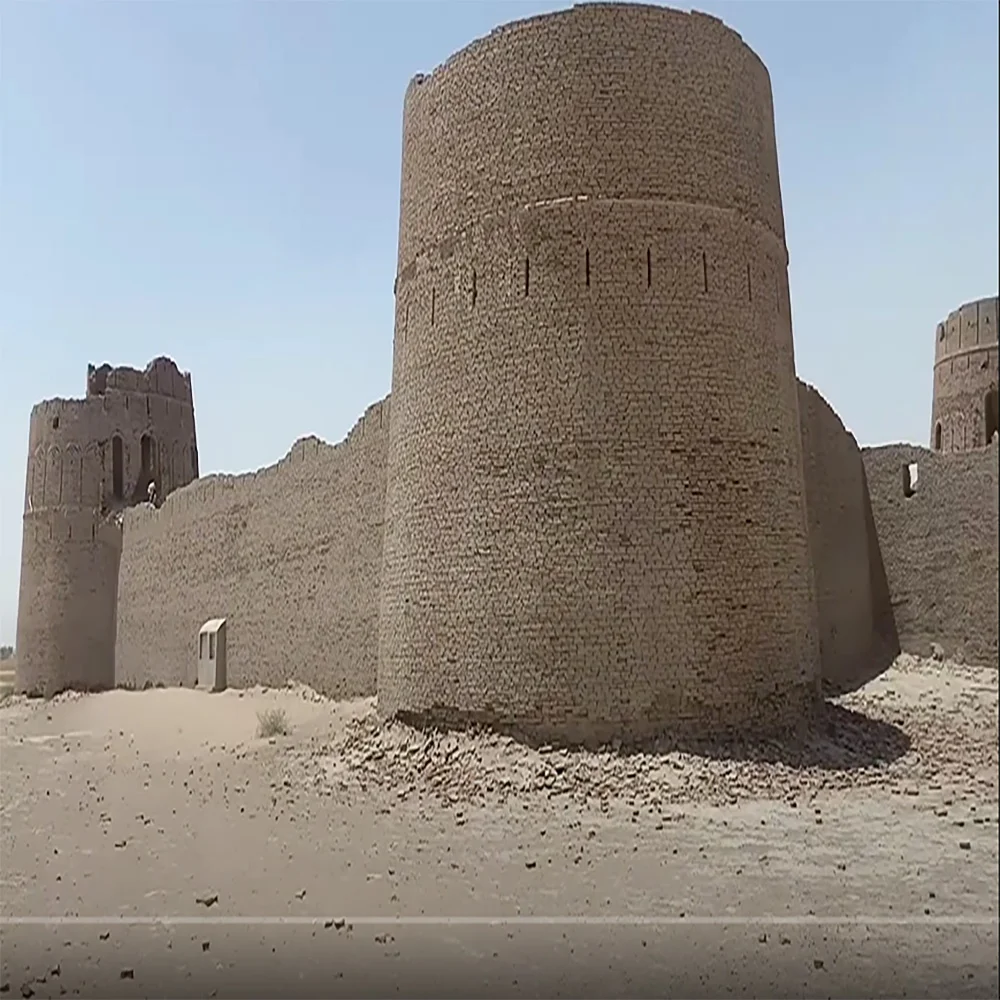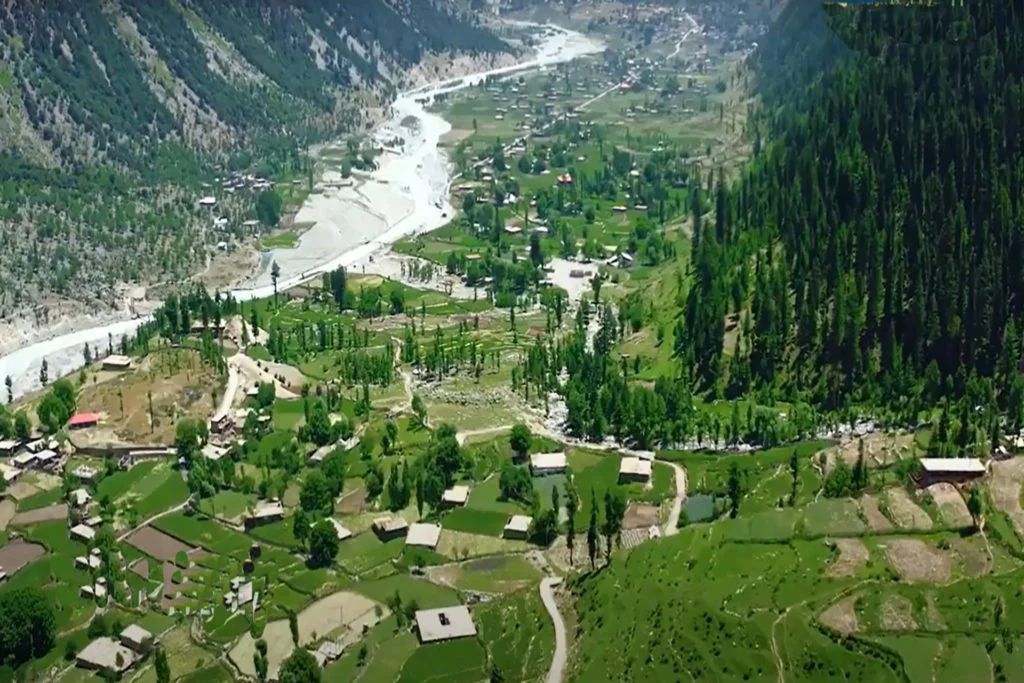The Multan Sun Temple, dedicated to the Hindu Sun God Surya, was an architectural marvel and a place of profound religious significance. Located in the city of Multan, which is now in Pakistan, this temple held a prominent place in the annals of Indian history before its eventual disappearance. In this article, we will explore the history, legends, and significance of the Multan Sun Temple.
Legends and Mythology
The Multan Sun Temple’s roots can be traced back to Hindu mythology. According to ancient texts, the temple was established by Samba, the son of Lord Krishna. Samba, afflicted with leprosy, sought a cure from Krishna, who directed him to the Sun God, Surya. Samba followed the advice of the sage Narada and went to the sacred forests of Mitravan on the banks of Chandrabhaga (a river associated with Surya). There, he propitiated Surya and received a boon of healing and eternal fame. In return, Samba was instructed to build solar temples, with the first Sun Temple being established in Sambapura, later identified with Multan.
Historical Significance
The Multan Sun Temple was not just a place of worship but also a magnificent architectural wonder. Its historical significance is attested by the accounts of various travelers and historians.
Hsuen Tsang’s Account: In the 7th century CE, the famous Chinese traveler Hsuen Tsang visited Multan. He described the temple as a grand structure adorned with a golden image of Surya. Devotees would offer precious gems and stones, and the temple was known for its charitable activities, including providing food, drink, and medicines to the needy. Hsuen Tsang’s account offers a glimpse into the opulence and spiritual fervor surrounding the temple.
Muhammad bin Qasim’s Era: In the 8th century CE, Multan was conquered by Muhammad bin Qasim. Interestingly, he chose not to destroy the temple but used it as a strategic asset. Hindu pilgrims continued to visit the temple, and it was safeguarded by the threat of its destruction during potential attacks on the city. The temple was of such paramount importance that it played a pivotal role in the city’s politics.
Al-Biruni’s Visit: In the 10th century, Al-Biruni, a renowned Islamic scholar, visited Multan and documented his impressions of the Sun Temple. His writings praised the temple’s magnificence, making it clear that it remained a significant religious and cultural landmark even during the Islamic era.
The Temple’s Decline
Despite its grandeur and historical prominence, the Multan Sun Temple eventually met its demise. In the 10th century, Mahmud of Ghazni, a formidable conqueror, led an expedition that resulted in the temple’s destruction. While some accounts suggest that the temple was revived and continued to be used until the 17th century, it ultimately fell into ruins.
The Lost Temple
Today, the exact location of the Multan Sun Temple remains unknown, and there have been no concentrated efforts to excavate and restore it. Over the centuries, the temple was gradually forgotten and lost to time. It is believed that the remnants of the temple were destroyed during a wave of temple destruction in Pakistan following the demolition of the Babri Masjid in Ayodhya in 1992.
In the modern era, the Multan Sun Temple stands as a symbol of India’s rich historical and cultural heritage, a testament to its ancient religious traditions, and a reminder of the need to preserve and protect historical sites for future generations.
While the physical temple may no longer exist, the legend and legacy of the Multan Sun Temple continue to be a source of fascination and intrigue for historians, archaeologists, and those interested in the rich tapestry of India’s ancient history.







